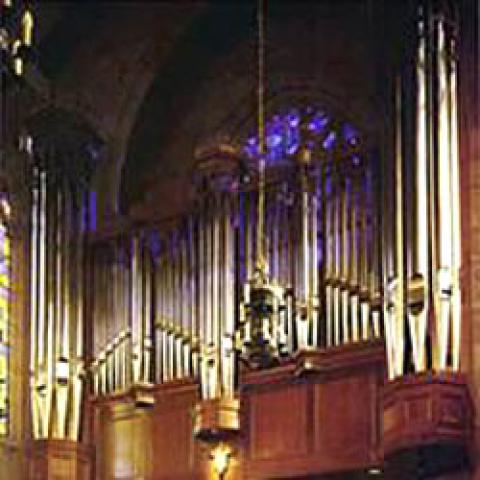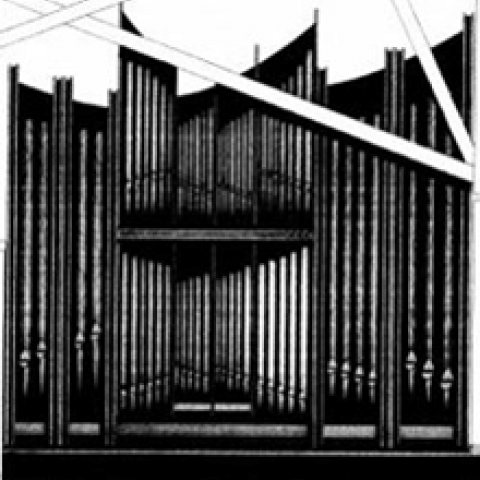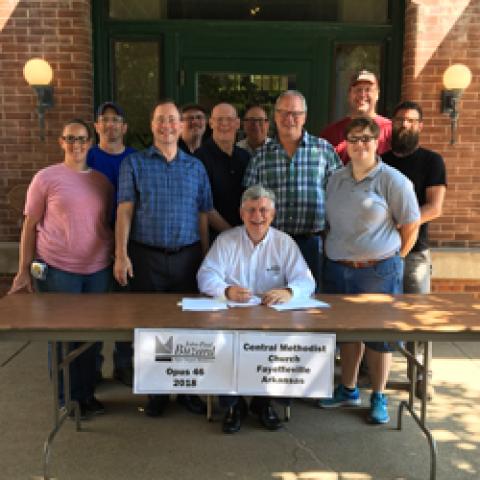Buzard Pipe Organ Builders
Buzard Pipe Organ Builders announce completion of their Opus 39 organ for Hayes Barton United Methodist Church of Raleigh, North Carolina.
The organ of three manuals and 52 ranks made its debut in public worship on June 20. Music director Mike Trexler and organist David Witt presented special music for the Sunday service, including a half-hour demonstration of the organ's wide variety of tonal colors.
Buzard Pipe Organ Builders has also launched its new website: www.buzardorgans.com.
The new site features a video of the builder's son, Stephen Buzard, playing the new 53-rank pipe organ at Second Presbyterian Church, Bloomington, Illinois, as well as photos, specifications, descriptions, and many sound files of recent Buzard work.





